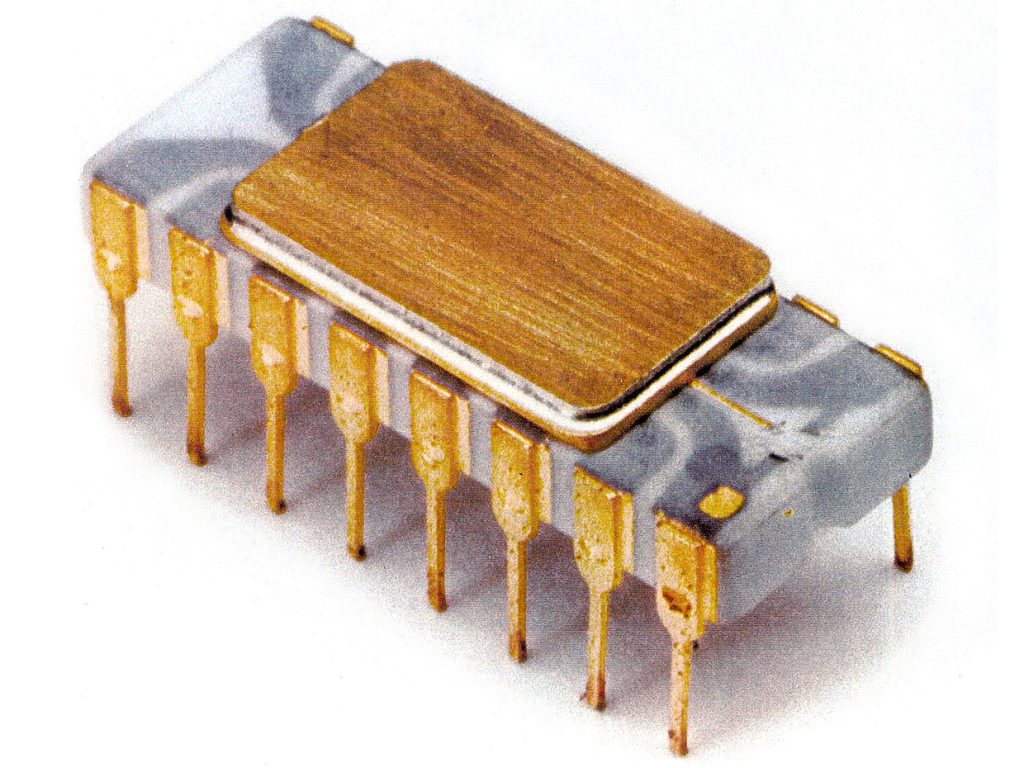This month marks the 50th anniversary of Intel’s 4004 CPU, which was the first commercially accessible single-chip microprocessor. It was originally created for a Japanese desk calculator, but it was instrumental in the birth of the personal computer revolution.
Nippon Calculating Machine Corporation approached Intel in 1969 to create a set of integrated circuits for its Busicom 141-PF engineering prototype calculator. Federico Faggin and his team revised the initial designs for 12 bespoke chips and created a set of four chips that met the challenge, including the 4004 CPU.
The 4004, which was released in November 1971 and was the size of a human fingernail, had the same computational capability as the first electronic computer, which was created in 1946 and took up an entire room. “The 4004 chip celebrates its 50th birthday this year. Consider how far we’ve come in the last half-century. For technology, this is a holy time. This is what propelled computing to new heights!” Pat Gelsinger, Intel’s CEO, stated.
The success of the 4004-chip demonstrated that complex integrated circuits could be built on a chip the size of a fingernail.
Intel noted in a statement that its discovery developed a new random logic design technique on which successive generations of microprocessors would be constructed before maturing into the chips found in today’s modern devices.
“Looking back to 1970, it was clear that microprocessors would change the way we designed systems, moving away from hardware and toward software,” said Faggin, who collaborated with Tedd Hoff and Stan Mazor to design and manufacture the Intel 4004.
“However, the rate at which microprocessors evolved and were adopted by industry was truly astounding,” he said.
The latest 12th Generation Intel Core processors, which were unveiled in October at Intel’s Innovation event, will usher in a new era of computing.

